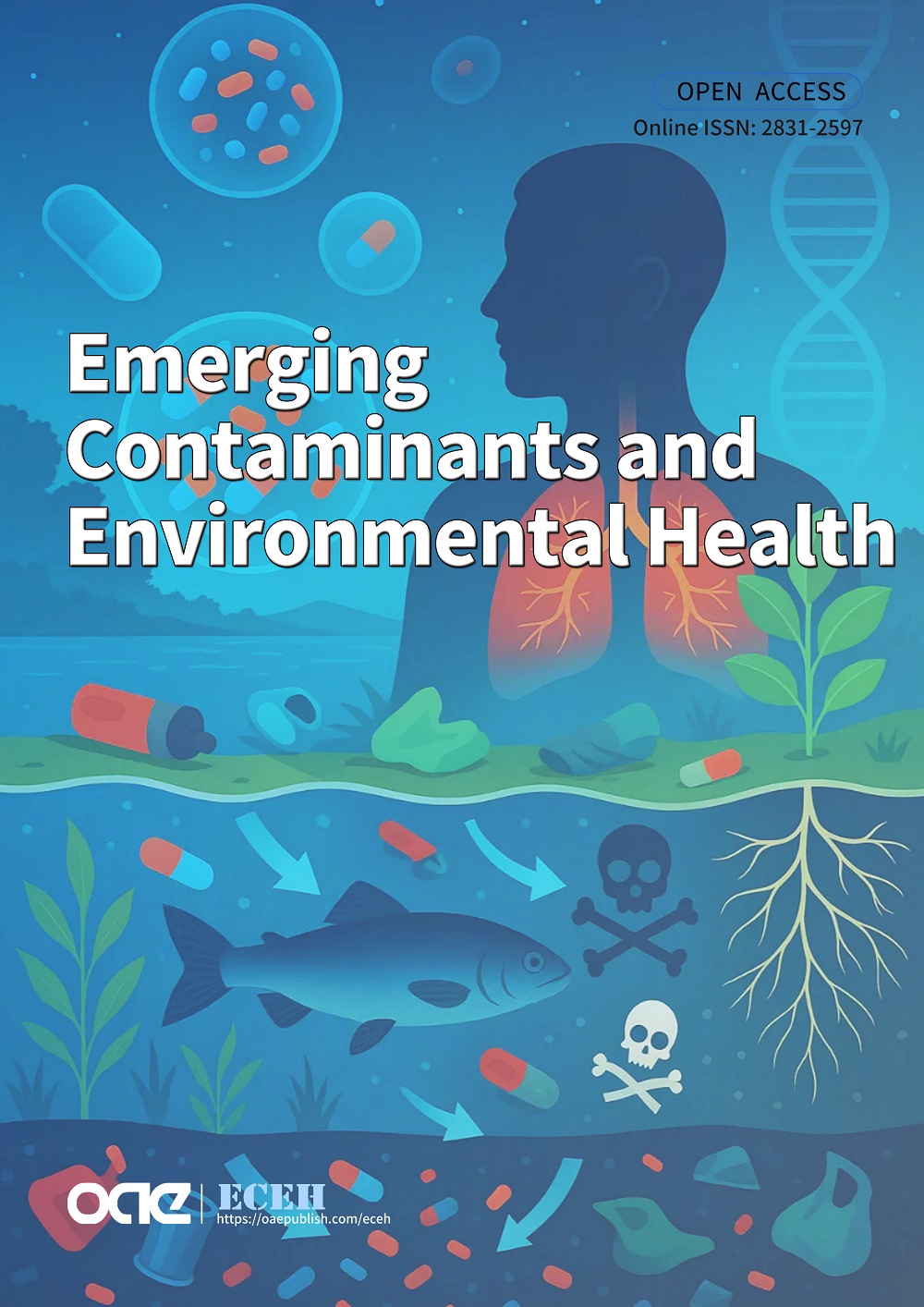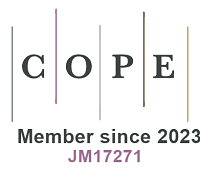Emerging Contaminants and Environmental Health (ECEH) is an open-access international journal that publishes peer-reviewed, original research on pollutants of emerging concern in the natural and built environments, and their impacts on ecosystems (aquatic and terrestrial environments, atmospheric environment, etc.) (terrestrial, atmospheric, and other environments) and human health. The journal welcomes research articles, reviews, systematic reviews, short communications, commentaries, editorials, letters to the Editor, and perspectives.
Subject areas of interest include, but are not limited to:
- Studies on the occurrence, partition, transport, fate, and effects of different families of emerging contaminants, such as pharmaceuticals, personal-care products, UV-filters, pesticides, flame retardants, perfluorinated compounds, industrial chemicals, disinfection by-products, persistent organic pollutants, endocrine disruptors, and their metabolites and transformation products.
- Development of novel analytical methods, including advanced data processing approaches (chemometrics), suspect and non-target screening techniques.
- Innovative sampling methods (e.g., passive samplers, automated systems).
- Identification and characterization of new emerging contaminants.
- Modeling studies on the occurrence, partition, transport, and fate of emerging contaminants in diverse environments, including multiphase processes and field validation.
- Research on microplastics, nanoplastics, and other related materials (e.g., nanomaterials, nanocomposites), including sampling protocols, analytical detection in different matrices, transport, fate, toxicity, and ecological and human health effects.
- Interdisciplinary studies combining the occurrence and effects of emerging contaminants with fields such as biology, ecology, genomics, environmental engineering, materials science, toxicology, and public health.
- Research on the combined effects of emerging contaminants with other environmental stressors, including those driven by global change (climate change, hydrologic alteration, and land-use changes). (climate change, atmospheric alteration, land-use changes).
- Risk assessment of emerging contaminants in relation to human health and ecosystems.
- Contaminant (bio)monitoring studies, including impacts such as antimicrobial resistance, pathogen spread, and changes in microbial diversity.
- Metabolomics, proteomics, and transcriptomics studies on organismal responses to emerging contaminants and/or microplastics/nanoplastics.
- “One Health” approaches and epidemiological studies addressing chemical exposure impacts on human and ecosystem health.
- Research on advanced treatment, removal, and mitigation technologies for emerging contaminants.
- Studies on regulatory, policy, and socio-economic aspects related to the occurrence, impacts, and management of emerging contaminants and their mixtures.







